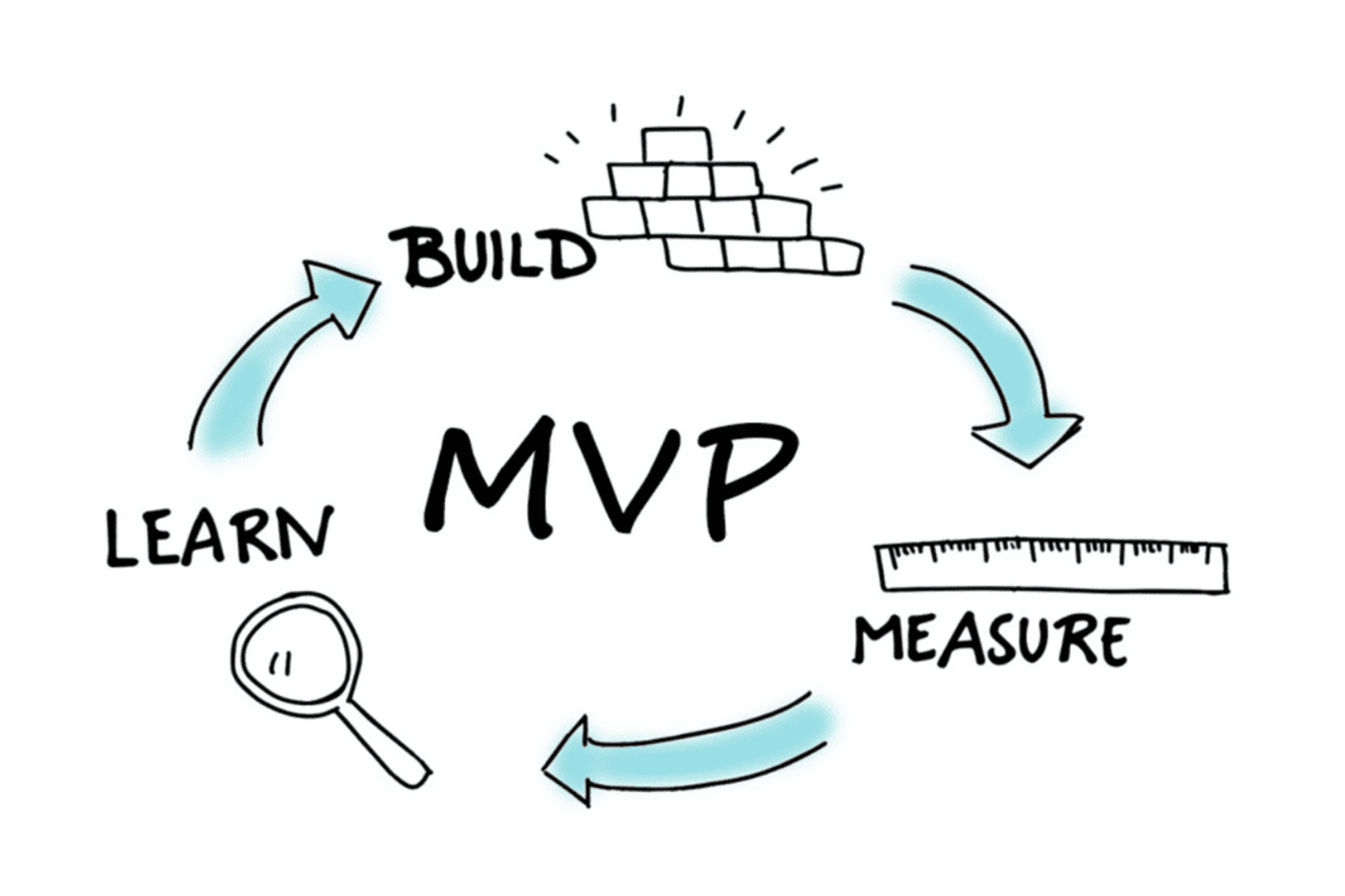Tuesday, November 5, 2024
How MVP Development Services Drive Successful Software Product Development


For startups and established businesses alike, MVP development services offer a practical solution to test assumptions and gather user feedback before making a full-scale commitment. By developing an MVP, you can ensure that you’re building something customers actually want, refining the product in real-time based on actual user interactions rather than hypothetical predictions.
Key advantages include:
- Faster Time-to-Market: An MVP approach enables companies to bring essential features to users sooner, creating a rapid launch timeline that fosters quicker feedback cycles.
- Cost Efficiency: Building a complete product without testing its market fit can be financially risky. MVPs reduce upfront costs by focusing on core functionalities, allowing you to validate and iterate before significant investments.
- Market Validation: MVPs allow companies to confirm that there is genuine demand for their product. This process provides critical insights that inform the next stages of development and growth.
- Risk Reduction: Through incremental testing and validation, MVPs help companies avoid the pitfalls of investing heavily in untested ideas, significantly lowering the chances of a costly product failure.
By focusing on delivering value at every stage, MVP development ensures that companies are not just building products - they’re building products that resonate with users.
MVP Development vs. Full-Scale Software Product Development
MVP development and full-scale software product development may share similarities, but their approaches and outcomes often diverge. While full-scale development can lead to a comprehensive, feature-rich product, MVPs emphasize speed, agility, and learning.
In a traditional software development project, the goal is to deliver a fully functional product that includes a broad array of features. However, MVP development companies take a different route, concentrating on a select set of functionalities that offer immediate value to users. This allows businesses to fine-tune their approach based on actual user feedback, often evolving the MVP into a robust product in later stages of development.
Key Phases in MVP Development
The journey from idea to MVP is structured yet flexible, typically involving these core phases:
- Discovery and Ideation: This phase is where ideas take shape. The MVP development team works closely with stakeholders to outline the product’s essential features and identify the user problems it aims to solve.
- Feature Prioritization: A significant aspect of MVP development is narrowing down to the features that provide the highest immediate value to users. By focusing on a streamlined feature set, development time and costs are minimized.
- Design and Development: At this stage, the MVP development company creates an initial design, often in the form of wireframes or prototypes, to visualize how users will interact with the product. The design is refined and iterated based on feedback until a satisfactory solution is reached.
- Launch and Feedback: With an MVP ready for release, the focus shifts to gathering user feedback. This feedback provides actionable insights to guide future product development services, ensuring that each new feature aligns with user expectations and demands.
- Iteration and Scaling: Based on feedback, the product undergoes iterative improvement, incorporating new functionalities and enhancements. This phase transforms the MVP into a comprehensive software product, ready for full-scale deployment.
Whether you’re a startup with a groundbreaking idea or an established company looking to expand your product portfolio, exploring MVP development services with a trusted partner can be the difference between product success and market irrelevance. Choose wisely, plan strategically, and watch your vision transform into a reality.
